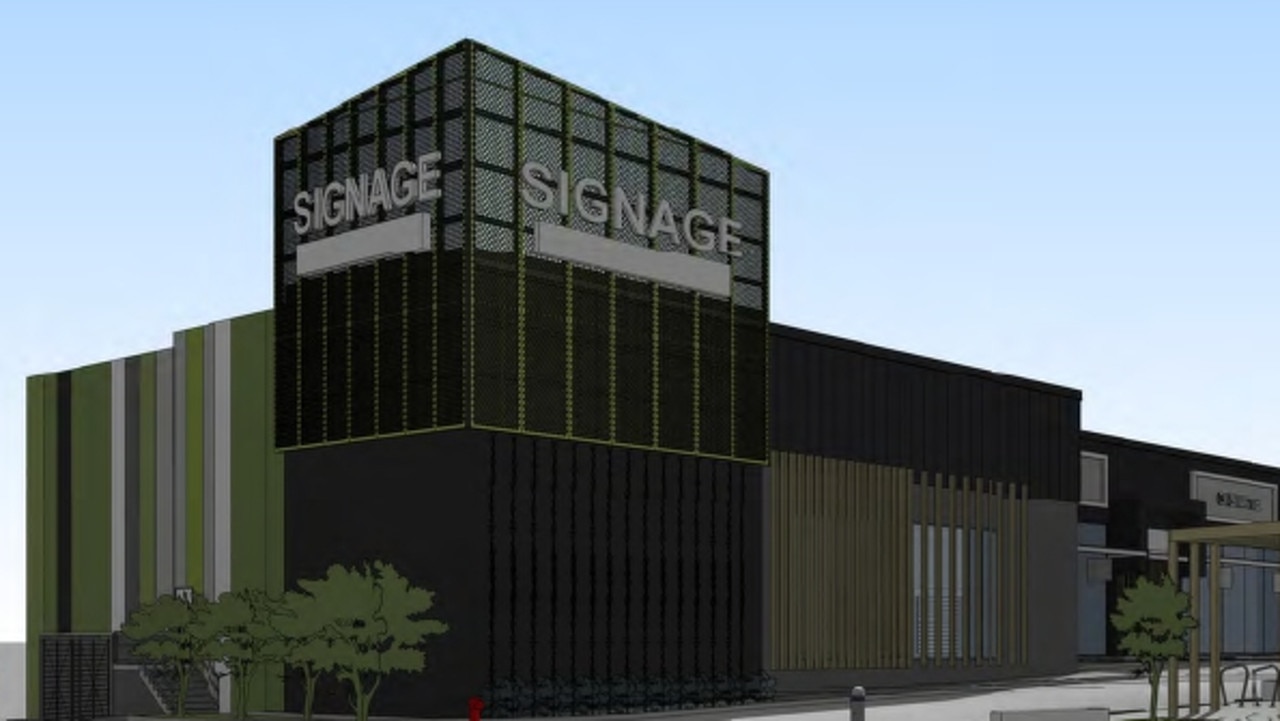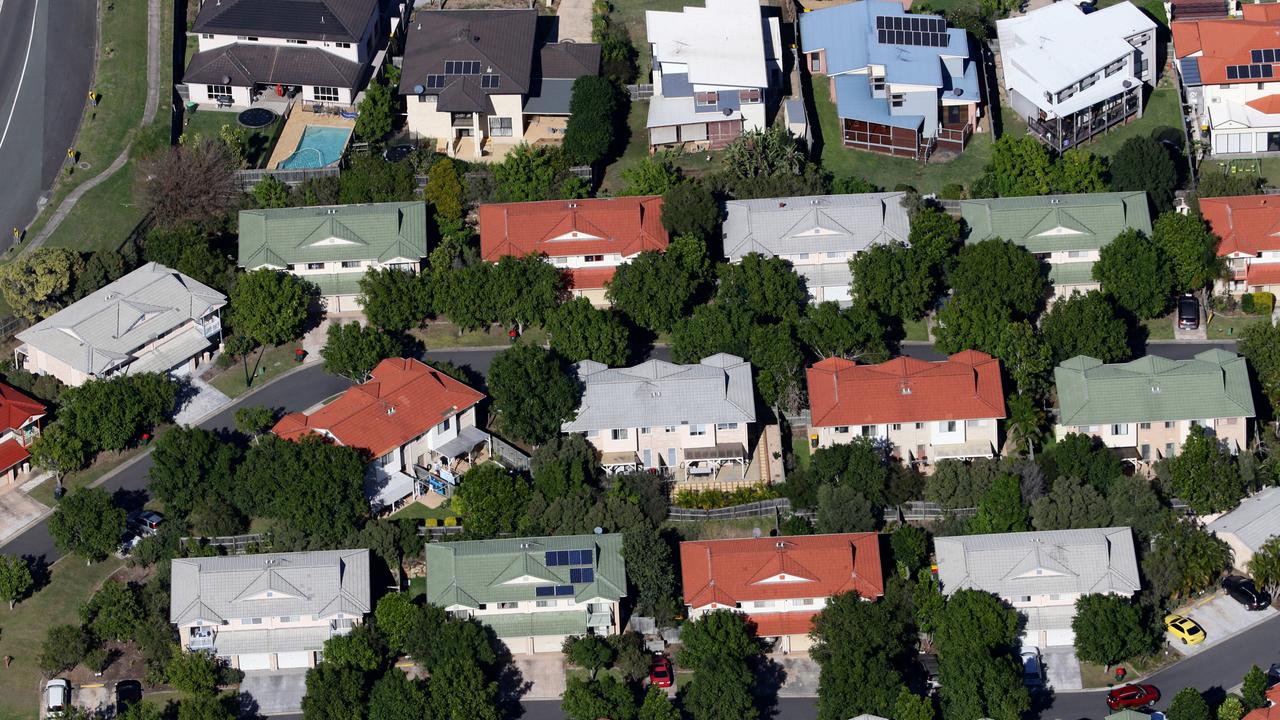Victorian Building Authority: More than half of new home builds inspected found to be non-compliant
Surprise Victorian Building Authority inspections have detected more than half of new home builds had at least one medium or high-risk fault.
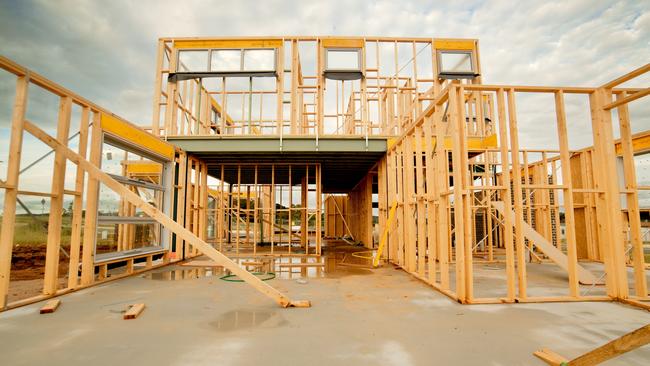
Property
Don't miss out on the headlines from Property. Followed categories will be added to My News.
Shock figures have revealed more than 50 per cent of new Victorian homes might not comply with the state’s building codes.
Victorian Building Authority spot inspections conducted without notice to builders at 6641 new home construction sites across the state found 3527 had medium or high-risk faults requiring intervention in the past financial year.
They also inspected 4160 builds for plumbing issues and found compliance risks in more than a third.
RELATED: The Victorian Building Authority’s list of shoddy builders and plumbers
Builder fined by Victorian Building Authority for multiple breaches
Flammable cladding apartment building risk list grows in Melbourne

The VBA’s latest Proactive Inspections Program activity report identified timber frames as the number one cause for concern, with 51 per cent of detected issues relating to them.
Weatherproofing and brickwork as well as wet areas and external weatherproofing were the next most common areas where compliance risks were observed.
While the risks discovered do not mean a home would have been unsafe without intervention, rectifying them could still be necessary and costly.
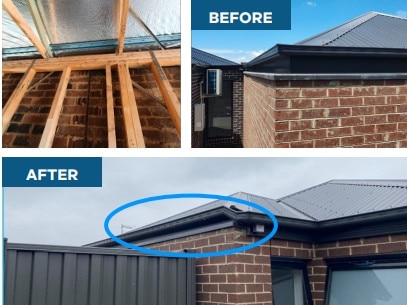
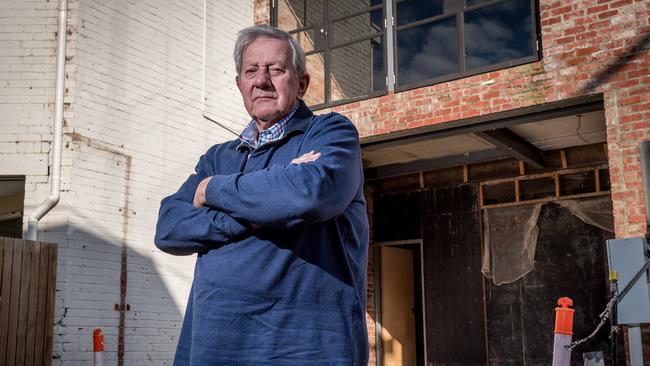
A total of 235 domestic building problems were deemed “critical” – posing a danger to human life – mostly relating to fire safety and occupational health and safety.
Critical defects must be addressed immediately and reported to WorkSafe.
Untreated high risks would “almost certainly” affect safety, amenity, significantly compromise a structure or cause “total loss of project value”.
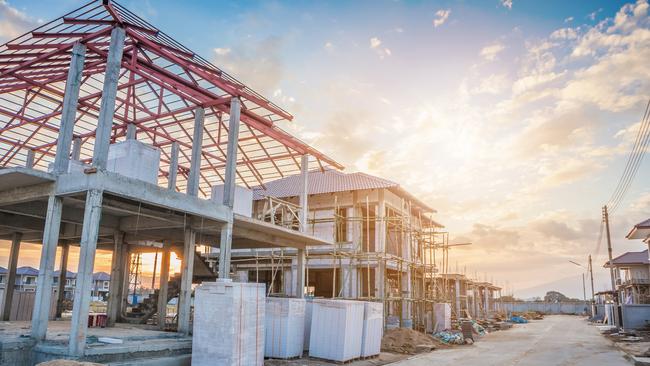
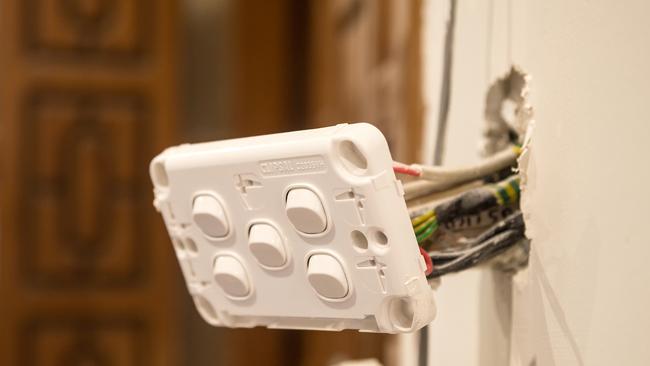
Volume home builders – those that prepare ready-to-go designs for customers – were less likely to have compliance issues in their builds.
Risks were spotted in 34 per cent of inspected home alteration sites.
Dual-occupancy home sites were more likely to have faults found than freestanding houses.
Incredibly, 60 home builds had issues with positioning on a block – which could lead to them looking into private spaces, overshadowing neighbouring homes or insufficient natural light.
VBA state building surveyor Andrew Cialini said a team of expert building and plumbing inspectors usually checked more than 1000 sites per month.
“This work means we can identify potential faults earlier, when they are easier to fix, and that the burden of fixing them sits with the builder rather than the owner,” Mr Cialini said.
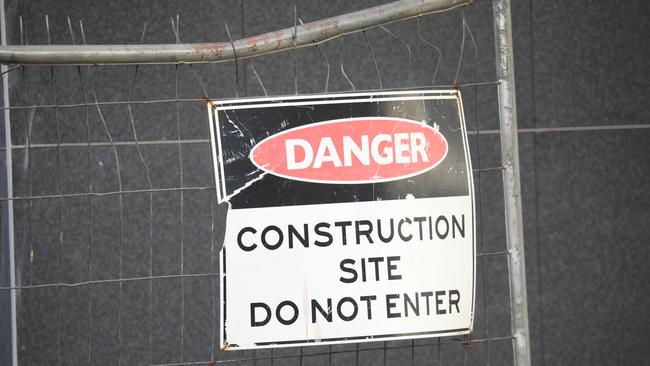
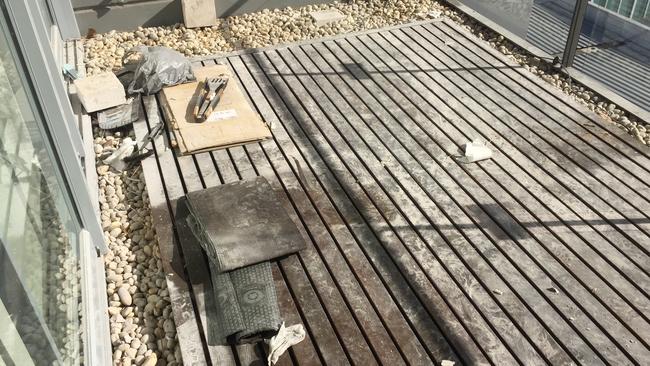
Builders Collective of Australia president Phil Dwyer said that with hundreds of drainage and external weatherproofing flaws identified, he expected a spike in flood-affected homeowners needing these issues rectified.
He said fixing non-compliant work in a finished home could be “very, very expensive”.
“If it’s done properly in the first place, let’s say it would cost $10,000, but has to be rectified at a later date, it could end up costing $40,000-$50,000,” Mr Dwyer said.
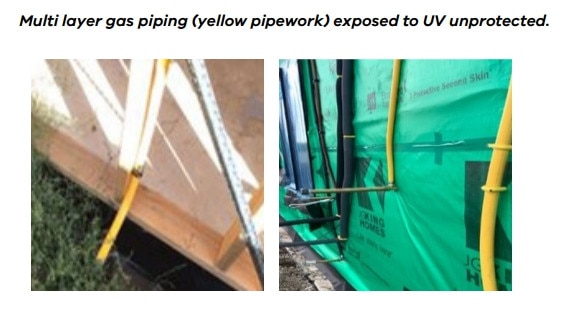
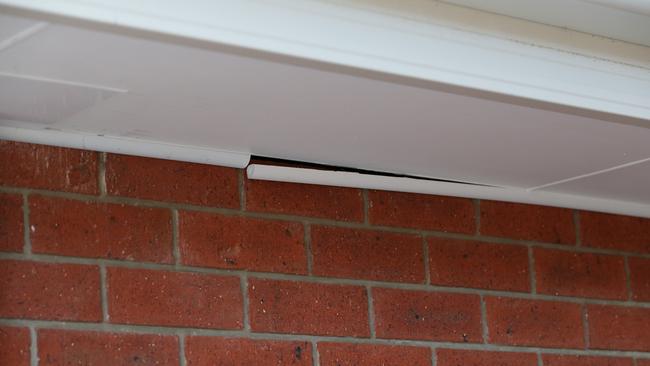
Occasionally, defects could affect someone’s health like when shoddy work led to excessive water ingress and a lot mould growing in a house, which could possibly poison an occupant, he added.
“Some people … will never recover financially or emotionally,” he said.
Mr Dwyer said he hoped the state’s busy building field would slow down next year, giving industry leaders a chance to collaborate on better ways to protect consumers.
“The building process shouldn’t be too difficult but unfortunately it becomes difficult when someone is prepared to take a shortcut or say: ‘If I do it this way, I’ll save $20,000,” he said.
Half the building checks conducted in Greater Melbourne (1186) and the state’s regions (841) found compliance risks.
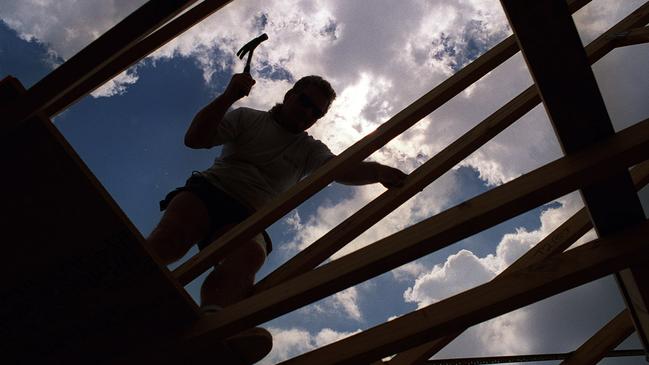
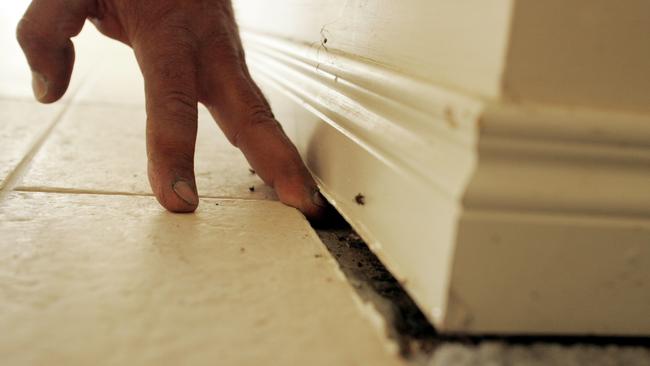
Mr Cialini advised anyone considering DIY around their home to book a professional rather than copying a reality show.
“Although we love to take on big projects ourselves, if the project costs more than $10,000 and involves structural work or two or more specific trade skills, you will need to use a registered practitioner,” Mr Cialini said.
A plumber must be licensed or registered by the VBA.
Plumbing work valued at $750 or more requires the customer be given a compliance certificate.
To ensure a project is completed by a builder with the required qualifications, check their registration through the VBA website. Details: vba.vic.gov.au/find
Sign up to the Herald Sun Weekly Real Estate Update. Click here to get the latest Victorian property market news delivered direct to your inbox.
MORE: Moonee Valley: Trackside House offering luxe homes, stunning racecourse views
Elton John buys treehouse-inspired penthouse at KING Toronto development

